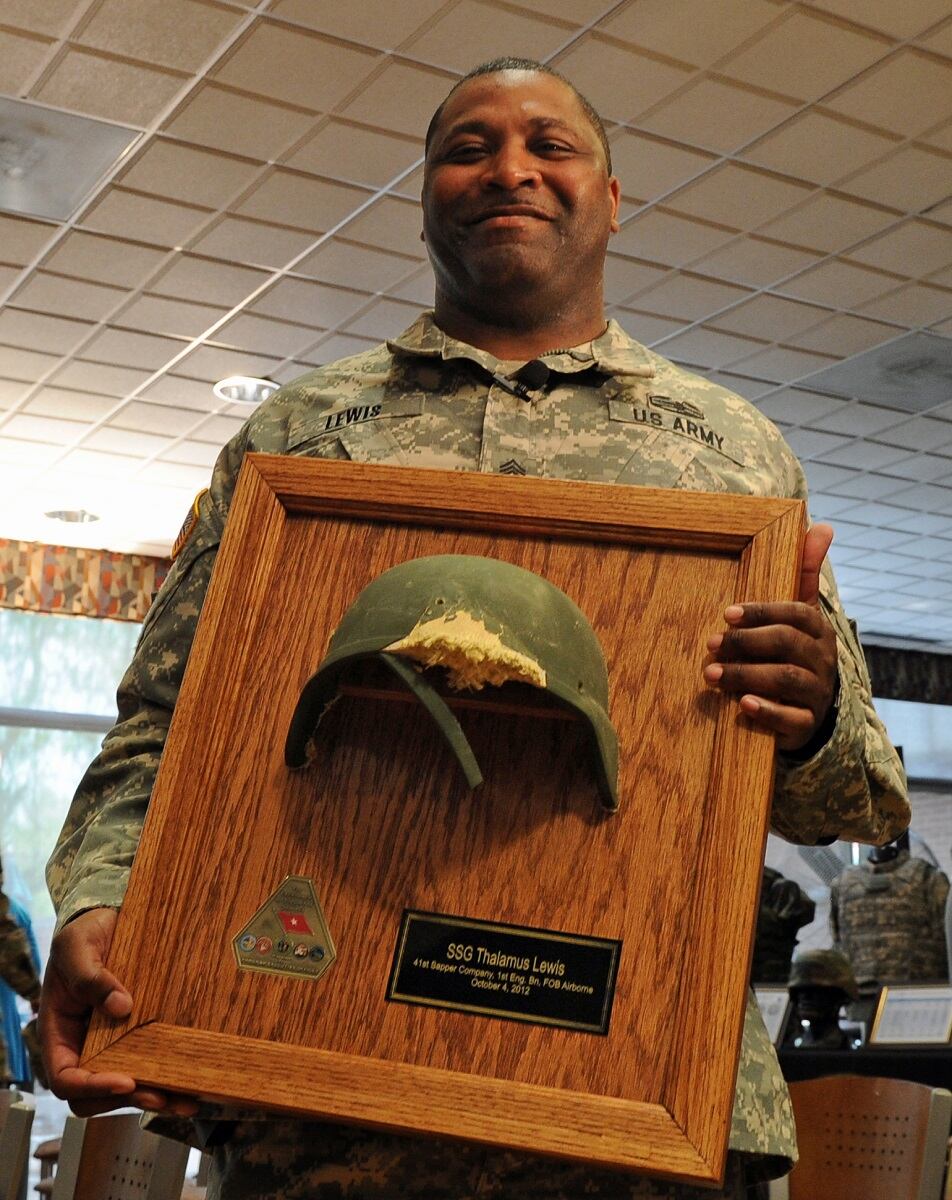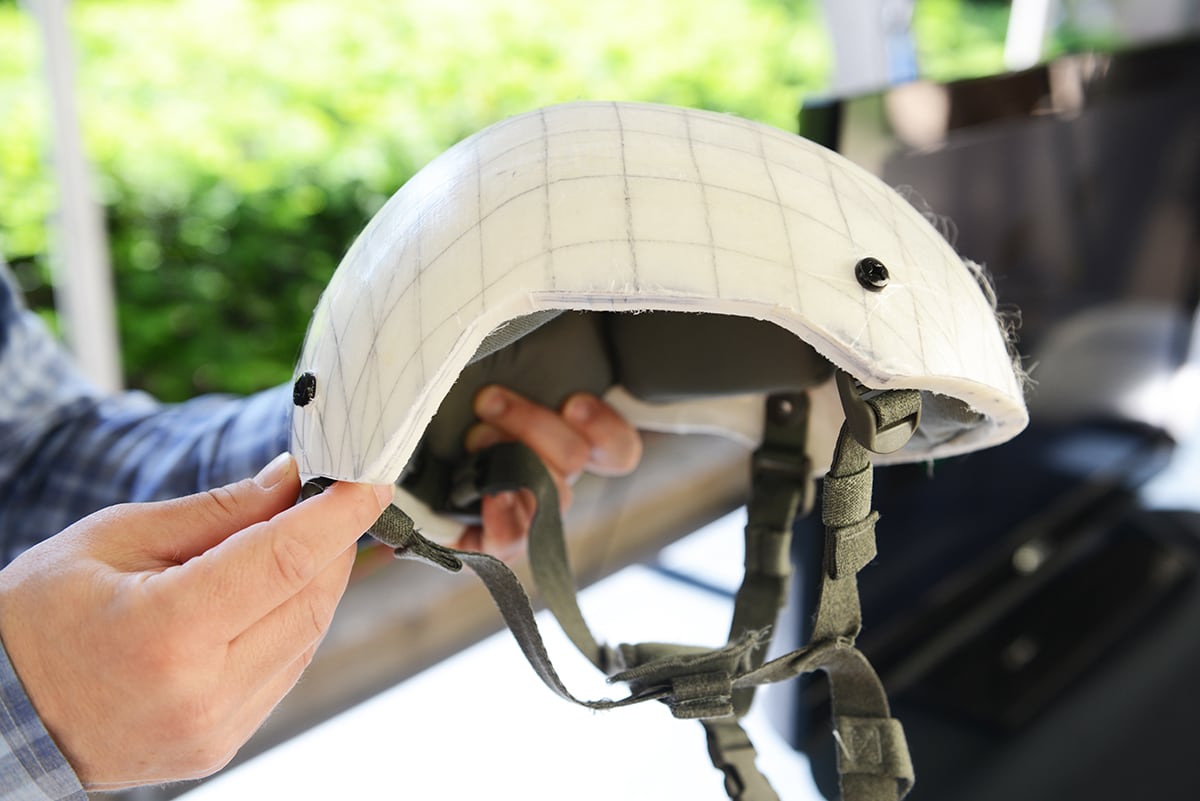If a soldier is shot or injured in an explosion downrange, they might want to keep their damaged helmets or body armor plates as a memento.
The process of tracking them down can be a pain, though, and there is no one policy about assuring that service members can track down their old gear.
A line in the most recent draft of the National Defense Authorization Act could change that, though. In the bill, signed June 19 by the Senate, U.S. law would expand to ensure that veterans can get their stuff back.
“The award of equipment under this section shall be without cost to the member or veteran concerned,” according to the bill.

The provision applies to separating service members and veterans, according to the NDAA draft.
The language would be an addition to an existing statute that allows soldiers who have been deployed more than 30 days to keep the combat uniforms issued to them, with their service secretary’s approval.
If signed, soldiers would also be able to keep their damaged personal protective equipment when they are discharged, and veterans would be able to request those mementos.
RELATED

The law would put in writing something the services have been doing on an ad hoc basis.
Current Army policy requires everything, even if it has been destroyed in action, to be returned to the service.
“Soldiers are required to turn in all government property when it is no longer required to perform their mission or when the item becomes unserviceable,” Maj. Christopher Ophardt, an Army spokesman, told Army Times.
However, exceptions have been made, as a handful of soldiers have received their helmets, bullet holes and all, in special return ceremonies over the years.
“There are certain circumstances in which the Secretary of Army may authorize release for sentimental reasons,” Ophardt added.
Meghann Myers is the Pentagon bureau chief at Military Times. She covers operations, policy, personnel, leadership and other issues affecting service members.





